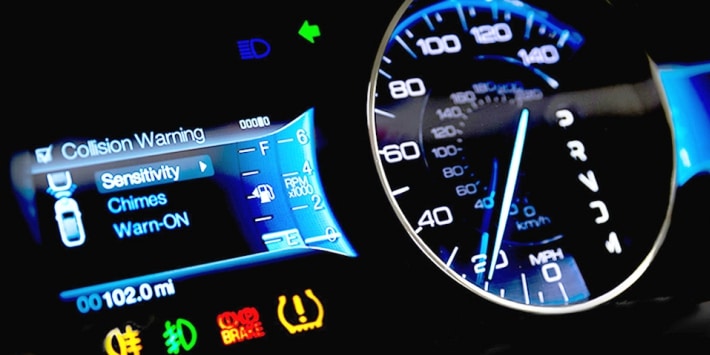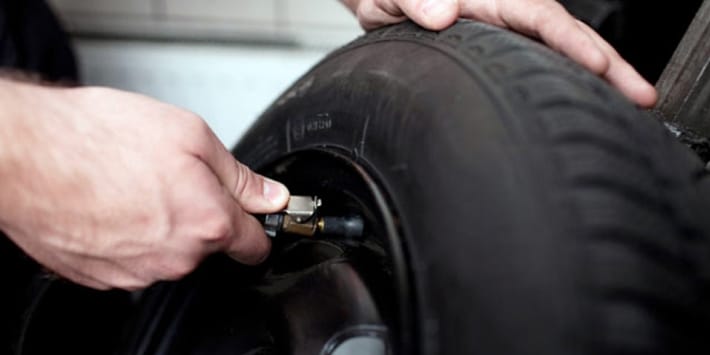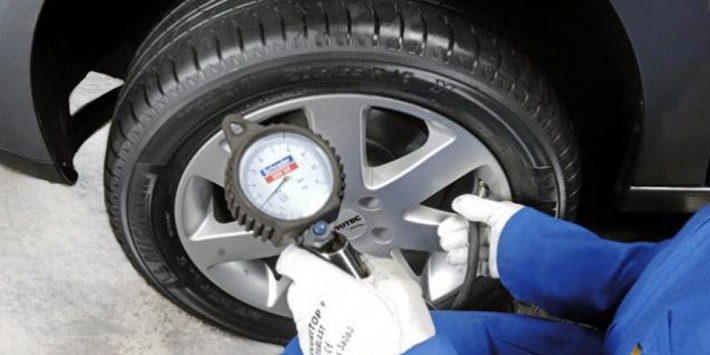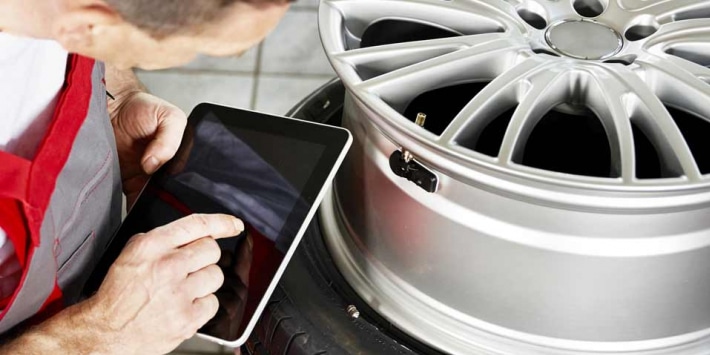Since 1 November 2014, all new vehicles must come fitted with a tyre pressure monitoring system (TPMS). What is TPMS? Why is it mandatory and on which vehicles? We have the answers...
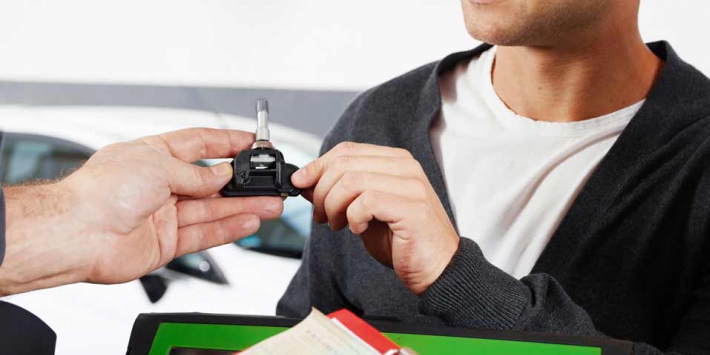
What is TPMS?
TPMS (Tyre Pressure Monitoring System) is a system designed to monitor the air pressure inside tyres and report real-time tyre pressure information to the driver. The device measures tyre pressure either directly inside the tyre (with a sensor) or indirectly (by measuring the wheel rotation speed). If an anomaly is detected, a warning sign will be displayed on the vehicle’s dashboard.
Why was TPMS made mandatory?
The short answer to this question is, for improved tyre safety. TPMS helps drivers to maintain the correct tyre pressures at all times. To explain why this is so important, a study carried out by Bridgestone estimated that under-inflated tyres cause 153,000 accidents per year in Europe and are responsible for 6% of fatal road accidents. So tyre pressure has an important role to play in improving safety.
There is also an environmental aspect to TPMS. Each year under-inflated tyres are responsible for millions of tonnes of additional CO2 emissions. Ensuring correct tyre pressures are maintained can help to avoid this unnecessary pollution.
Should you be equipped with TPMS?
For vehicles registered before 1 November 2014:
There is no legal requirement to have TPMS fitted.
For vehicles registered after 1 November 2014:
Automatic monitoring of tyre pressure is mandatory for all new vehicles in the M1 category (article 9 of EU regulation 661).
The M1 category includes all passenger vehicles with no more than eight seats in addition to the driver’s seat. Light commercial vehicles designed to carry goods are not currently subject to the TPMS law.

